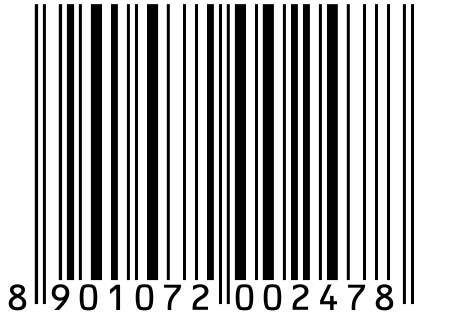
In this digital age, where the world is literally at our fingertips, it has become immensely easy to find and purchase things we need across the globe in just a few clicks. The World Wide Web has provided an opportunity to manufacturing companies, of all sizes, to connect with consumers like never before.
One of the challenges brands face whilst using this opportunity and listing their products at e-marketplaces is low visibility. Since most of the consumers search the product category to find the products, listings with low search ranking never appear. With a humongous number of brands under every category, listed online, there is always a need to cut through the clutter.

The question here is, how to do that. Of course, there is no one formula to do it but various small steps help. For example — Did you know, by identifying your products with unique barcode numbers (GTINs — Global Trade Item Numbers) and using the same in page codes, you can increase Google ranking of your product page?
Yes, you read it right. As per a report by Google, use of GTINs lead to up to 40% improvement in the product’s search results, leading to higher visibility of products among consumers searching online.
Read about Google’s GTIN requirements.
GTINs help in more ways than one
Before launching a product in the market, it is practice to label the products with GTINs or unique barcode numbers. This not only gives a unique identity to your products but also facilitates supply chain efficiency, better inventory management and product visibility as it flows through the supply chain, helping you guard against counterfeiting and ensuring your brand / product protection.
On the consumer side, GTINs enhance shoppers’ experience by enabling search of products through the scan of their barcodes and makes the buying experience faster and smoother. Comparison websites work on the principle of unique identification and enable consumers to find, compare and buy products available on e-marketplaces.
Because of the plethora of business benefits of GTINs, retailers and e-marketplaces mostly direct their suppliers to get EAN/UPC numbers for their products. These are types of GTINs, issued by various GS1 organisations across the world.

In India, GS1 India is the only authorized body to sell and issue GS1 barcode numbers in the country. These numbers start with an ‘890’ prefix as a standard procedure.
Comments
Post a Comment